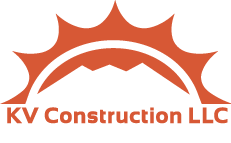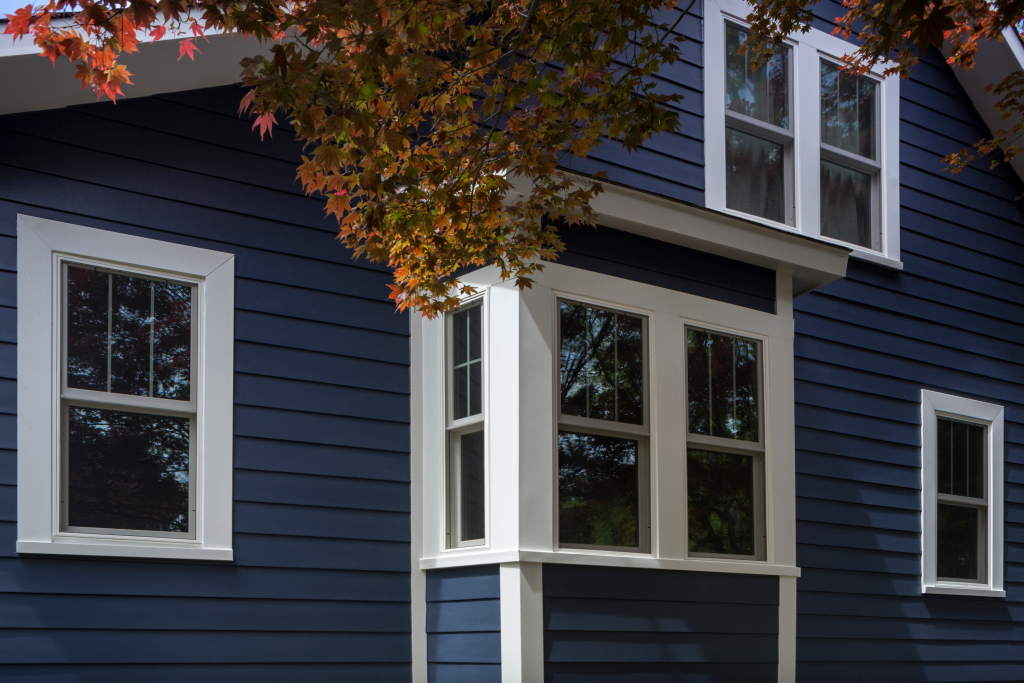Understanding Fiber Cement Siding: A Comprehensive Overview
Fiber cement siding has become a popular choice for homeowners and builders alike, and for good reason. This versatile material offers a combination of durability, aesthetic appeal, and cost-effectiveness that few other siding options can match. In this article, we delve deep into the world of fiber cement siding, exploring its features, composition, and benefits.
Key Features of Fiber Cement Siding
When it comes to selecting the right siding for a home, several factors come into play. Homeowners often look for a balance between aesthetics, durability, and cost. Fiber cement siding stands out in all these aspects:
- Durability: One of the most notable features of fiber cement siding is its ability to withstand harsh weather conditions. Whether it’s extreme heat, cold, or moisture, this siding remains resilient. Moreover, it’s resistant to rot, fire, and even termites, ensuring a long lifespan with minimal maintenance.
- Aesthetic Appeal: While durability is crucial, homeowners also want their homes to look good. Fiber cement siding offers a range of textures and finishes, mimicking the appearance of wood, brick, or stone. This versatility ensures that homes not only stand strong but also look elegant.
- Cost-Effectiveness: Despite its numerous benefits, fiber cement siding remains affordable. This cost-effectiveness is one of the reasons why many architects and builders prefer it over other siding options.
Composition of Fiber Cement
Fiber cement is a composite material made up of several key ingredients:
- Wood Pulp: This provides flexibility to the siding, enhancing its resilience.
- Water: Dissolves the wood pulp and aids in the mixing process.
- Filler: Typically, either fly ash or silica sand is used, depending on the specific formulation.
- Portland Cement: Comprising limestone, iron, and clay, this ingredient strengthens the bond between the other components.
Installation and Maintenance
Proper installation is crucial to ensure the longevity of fiber cement siding. It’s recommended to maintain a minimum distance of 2 inches above steps, roofs, and decks to prevent water absorption. Using rustproof, stainless steel nails and caulking the joints further enhances the siding’s lifespan.
While fiber cement siding is durable, it requires minimal maintenance. Regularly pruning foundation plants and spraying the siding with a garden hose once or twice a year is usually sufficient.
Given the delicate nature of fiber cement panels, it’s advisable to hire professionals for installation. Companies like KV Construction LLC, one of the leading siding contractors in Seattle, offer expert installation services, ensuring the siding is set up correctly and lasts for years.
Final Thoughts
Fiber cement siding offers a perfect blend of durability, beauty, and affordability. Whether you’re building a new home or renovating an existing one, this siding option is worth considering. With companies like KV Construction LLC and other reputable siders in Seattle WA, homeowners can be assured of quality installation and lasting results.
Meta Description: Dive deep into the world of fiber cement siding, exploring its key features, composition, and benefits. Discover why it’s a top choice for homeowners and builders alike.

